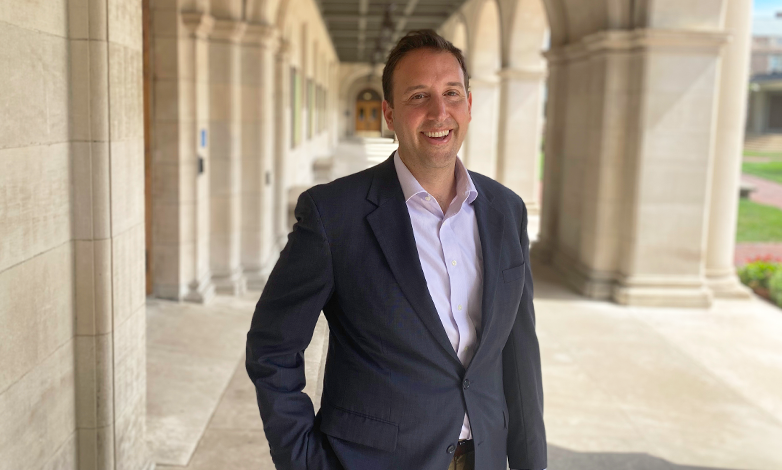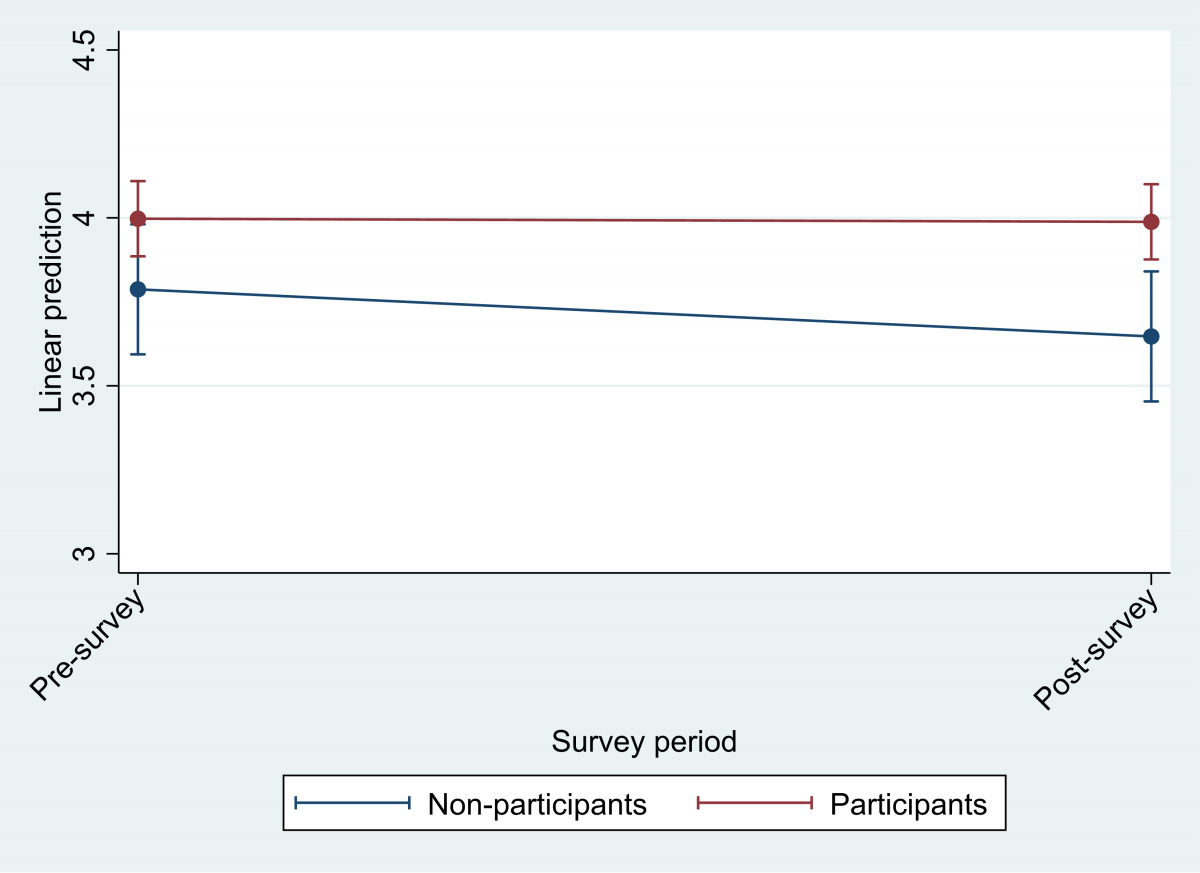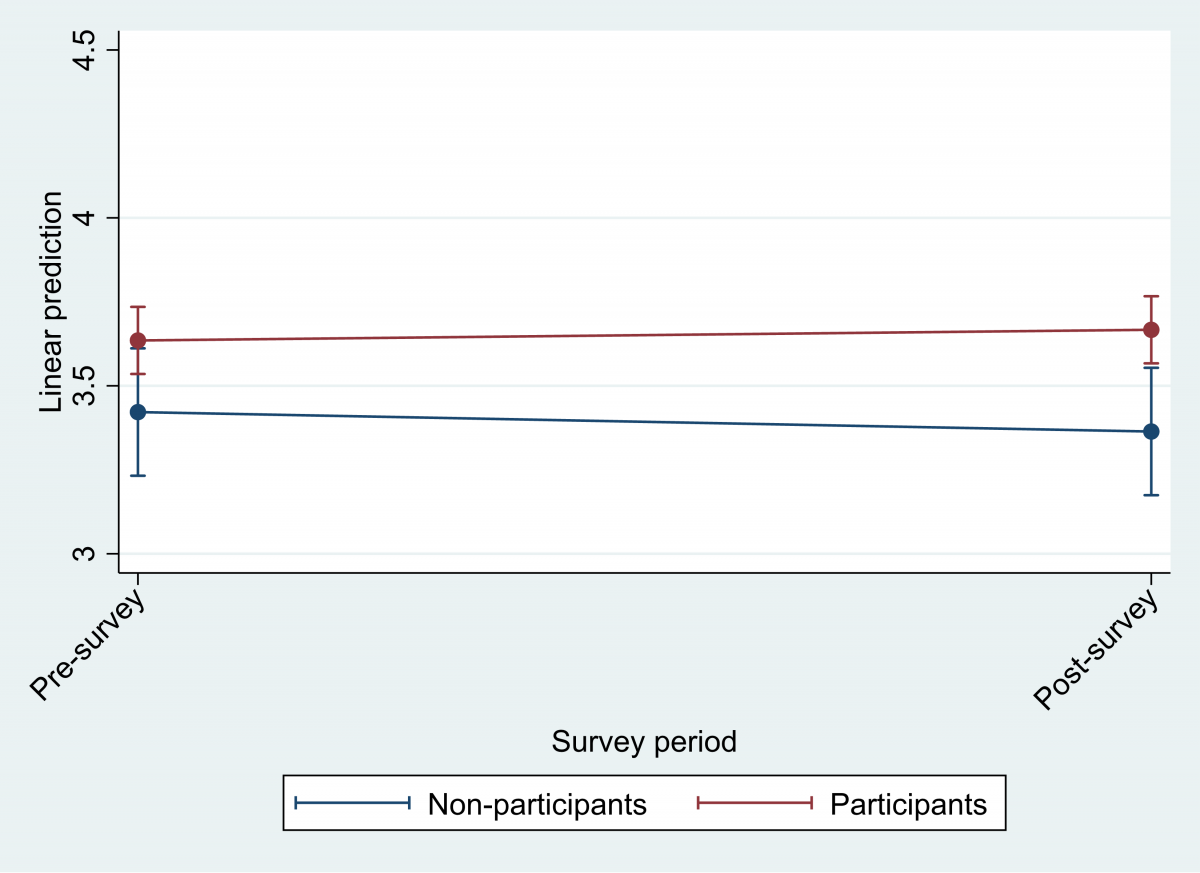Technology Education Programs in Prisons increase Prosocial Behaviors and Computing Attitudes
Monday, March 4, 2024
Digital Beat
Technology Education Programs in Prisons Increase Prosocial Behaviors and Computing Attitudes

Currently, the majority of incarcerated people in the United States cannot access consistent, high-quality education. When they are released, they often lack skills that are in high demand by employers. Unsurprisingly, 75 percent of returning citizens are still unemployed one year post-release, and over 67 percent of returning citizens are re-arrested within three years post-release. To curb this cycle, experts recommend comprehensive reforms, which include expanding educational and vocational training opportunities within correctional facilities—a recommendation that is getting increased attention as a consequence of Second Chance Pell.[1]
Over the past three years, a coding education program has launched in medium- to low-level correctional facilities in Missouri. Participants are recruited from across the state to apply and are transferred to facilities that offer the program. If accepted, participants start a 6-month program that meets the needs of technology employers today, focusing on both front-end and back-end web development, as well as project management. For their final project, students are encouraged to develop technology tools that can solve real-world problems that they have witnessed or experienced.

The program, now called Unlocked Labs, was the brainchild of Jessica Hicklin, who taught herself to code through books, without the internet, while incarcerated. Through a prison volunteer, Hicklin got connected with LaunchCode, a technology training program, in 2017. In the following year, Hicklin adapted LaunchCode’s open-source curriculum for a platform that meets the requirements of Missouri prisons. Since the coding program’s initial pilot in 2018 at the Potosi Correctional Center, the LaunchCode program has trained over 150 justice-impacted technologists across four prisons in Missouri.
The long-term goal of these programs is to increase employment and reduce recidivism. The link between prison education and increases in employment, as well as reductions in recidivism, has been largely supported in previous research. However, less is known about some of the social and emotional benefits of prison education. Given the social nature of coding and the focus on problem-solving in the curriculum, researchers at the Social Policy Institute explored whether participating in the program was related to prosocial behaviors and positive computing attitudes. Prosocial behaviors are a set of voluntary, desirable actions aimed at helping and consoling others (Caprara et al., 2005). To measure prosocial behaviors, we used the 16-item Prosocial Behavior Scale (PBS) developed by Caprara et al. (2005). Computing attitudes are beliefs about the nature of knowledge and problem-solving in computer science. Higher scores represent greater interest in computer science problems, as well as more positive beliefs about one’s ability to understand, make appropriate connections, and solve computer science problems. To measure computing attitudes, we used the 25-item Computing Attitudes Survey (CAS) (Dorn & Tew, 2015).

Our study leverages a pre- and post-test design. All applicants were given an opportunity to participate in the study, which included a small monetary incentive for completing the surveys ($20). While admitted applicants were allowed to receive the full benefits of the six-month program, non-admitted applicants were provided with a short introduction to the course, as well as printed course materials. Non-admitted applicants were encouraged to reapply in later course offerings. In our analysis, we used multivariate linear regression to examine the extent to which individuals who completed the program (program participants) experienced an increase in prosocial behaviors and computing attitudes when compared to individuals who were not admitted to the program (program non-participants). In addition to the treatment and outcome measures, we also controlled for individual-level characteristics, including age, race/ethnicity, educational attainment, and program entrance score. The sample used to measure prosocial behaviors included 115 individuals: 86 program participants and 29 non-participants. The sample used to measure computing attitudes included 82 individuals: 64 program participants and 18 non-participants.
Across both measures, regression results indicate that program participants had significantly higher scores in the post-surveys than non-participants. Figures 1 and 2 present the margin plots that compare the results between participants and non-participants over time. In Figure 1 we see that program participants demonstrated similar levels of prosocial behaviors over time (pre-survey=4.01; post-survey=4.00), while the levels of non-participants decreased over time (pre-survey=3.76; post-survey=3.62). In Figure 2 we see that program participants demonstrated increased levels of positive computing attitudes over time (pre-survey=3.63; post-survey=3.67), while the levels of non-participants decreased over time (pre-survey=3.42; post-survey=3.36).
Figure 1. Measure of prosocial behaviors

Figure 2. Measure of computing attitudes

Overall, these results demonstrate that this prison education program has positive impacts that extend beyond employment and recidivism. Indeed, participating in the program was associated with significant increases in prosocial behaviors and computing attitudes. Prosocial behaviors appear to decrease over time in prisons, yet participating in the program can be seen as curbing this deterioration, which can not only have positive impacts on the individual, but on his or her environment as well. Improved computing attitudes, on the other hand, can be seen as a more direct prerequisite to successful post-release employment in technology, which can both improve employment outcomes for individuals and help fill critical skill shortages in the labor market. Although it is difficult to disentangle the influence of the program’s content (e.g., having students create a technology tool that helps solve real-world problems) and instructional strategies (e.g., having students work in teams to solve coding problems), it is clear that there are social benefits to participating in a prison education program like this one.
While future research is needed to understand the long-term impacts of prison education programs on employment and recidivism, our findings suggest that positive impacts of prison education can occur in the short term and extend to social and emotional domains as well. When considering the growing demand for workers with technology skills, national movements to expand prison education (e.g., Second Chance Pell) and improve the re-entry process (e.g., Re-Entry 2030) should explore technology training programs in prisons.
Notes
[1] The Second Chance Pell Initiative enables individuals in custody to participate in post-secondary education programs with Pell grant funding.
Jason Jabbari is an assistant professor at the Brown School and Co-Director of the Social Policy Institute at Washington University in St. Louis. His research focuses on how policies, programs, and practices interact with social and environmental contexts and relate to equity and excellence in academic and economic trajectories.
Takeshi Terada is a statistical data analyst at the Social Policy Institute. He earned his Ph.D. in Educational Policy and Evaluation from Arizona State University, with concentrations in education policy and quantitative research methodologies.
Rosa Mayer is a seasoned professional with over a decade of experience in workforce development and job placement within the technology sector. With a strong commitment to empowering individuals through education and employment opportunities, Rosa has dedicated her career to bridging the gap between underserved communities and the rapidly evolving tech industry. As the Chief Operating Officer for Unlocked Labs, she combines her expertise in workforce development with her passion for correctional education to lead initiatives aimed at providing access to education for incarcerated individuals with the skills and resources needed for successful reintegration into society.
The Benton Institute for Broadband & Society is a non-profit organization dedicated to ensuring that all people in the U.S. have access to competitive, High-Performance Broadband regardless of where they live or who they are. We believe communication policy - rooted in the values of access, equity, and diversity - has the power to deliver new opportunities and strengthen communities.
© Benton Institute for Broadband & Society 2023. Redistribution of this email publication - both internally and externally - is encouraged if it includes this copyright statement.
For subscribe/unsubscribe info, please email headlinesATbentonDOTorg






